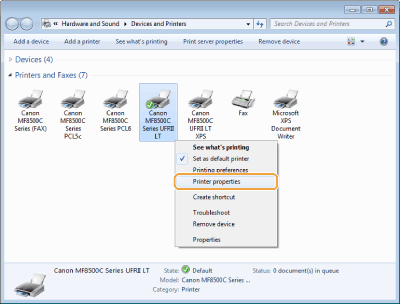
| This page is may need to be merged with other page(s) including RPi Setting up a static IP in Debian. Please help to merge the articles, or discuss the issue on the talk page. |
Getting Started:
Buying Guide - for advice on buying the Raspberry Pi.
SD Card Setup - for information on how to prepare the SD Card used to boot your Raspberry Pi.
Basic Setup - for help with buying / selecting other hardware and setting it up.
Let's review the basic network infrastructure on the modern Debian system. In order to ensure each network interface to be named persistently for each reboot using MAC address. Allow-hotplug eth0 iface eth0 inet manual pre-up /sbin/ifconfig eth0 up up ifup ppp0=dsl down ifdown ppp0=dsl post-down /sbin/ifconfig eth0 down # The.
Beginners Guide - you are up and running, now what can you do?
Advanced Setup - for more extensive information on setting up.
Trouble Shooting - some things to check if things don't work as expected.
Configure eth0 to not use DHCP
By default the Raspberry Pi uses DHCP to configure its network interfaces, including, on the model B, the built-in ethernet port. If you want to change this so the ethernet port has a static IP address, here's how.
DHCP for eth0 is enabled in the file /etc/network/interfaces. Here is what it looks like by default on a Raspberry Pi under the official version of Raspbian:
(Note: there is no actual wlan0 interface unless you attach a wireless USB network adapter. The entries that refer to wlan0 are there for when you do ;-) ).
Instead of the line:
you need lines like this:
The above example assigns the address 192.168.1.1 to eth0 with a subnet mask of 255.255.255.0, and sets the default gateway to 192.168.1.254.
Edit the file /etc/network/interfaces with the nano utility like this:
The second thing you need to do is check that you have a valid DNS server listed in /etc/resolv.conf. Edit this file using nano and add your DNS server if it is not already there. If you are using a broadband router, add the address of your router as the DNS server.
I am trying to set up a flexlm server. The vendor asked me to send the MAC ID of my system. I typed ifconfig. And found that there are 2 different HWaddress for eth0 and wlan0. Which one is the MAC id my system? The vendor has already generated license file for wlan0 hardware address. I tried making wlan and eth0 HW address same by using
ifconfig eth0 hw ether ADDRESSS
However, the server still had some issue.Could someone tell me which is the MAC ID of my server?
Mac Eth0 Won't Allow Manual Pdf
Volker Siegel
1 Answer
I do not think it is a good idea to set the MAC address of two devices on the same machine to be the same. It may even work if the devices are on separate networks, but still - it's at least confusing.
Your server has two network interfaces, so it has two MAC addresses.
Technically, there is no difference between wlan and eth regarding being a network interface.
The reason that the software ignores wlan and only looks at eth when checking the license could be a convention.
Practically, every server has an eth interface, which is possibly unused, of course. And it can have multiple eth interfaces.
So it would make some sense that the MAC of eth0 is used - but they forgot to tell you the implicit convention.
It would not be a very clean solution, but you could try to set the MAC of eth0 to the licensed MAC, as you did, but change the MAC of wlan0 to something else.
The above is independent of flexlm, as I do not know that software;
But I found some specific information about the issue here:

Mac Eth0 Won't Allow Manual Free
It states that the license is checked against the MAC addresses of all network interfaces on the server, so that part should work.
The described solution is something like disabling IPV6, plus a change in the /etc/hosts.